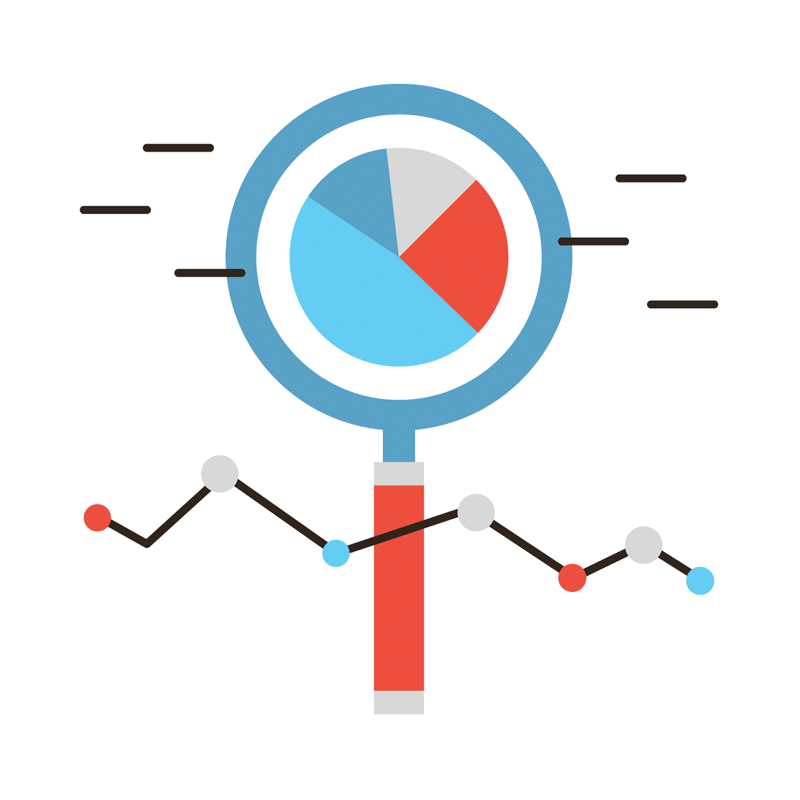
Google’s revenue-sharing ad platform Adsense offers one of the easiest ways for bloggers and webmasters to monetize their websites.
Each time a qualified visitor clicks on one of your ads, you’ll earn a commission. While a single click isn’t going to yield much, you can generate decent paychecks by properly optimizing your Adsense ads for more clicks.
Display Multiple Ad Units
Conventional wisdom should lead you to display multiple ad units will thus yield more clicks. And this means more revenue in your Adsense account. By displaying more than just one ad unit on your website, you’ll provide visitors with additional opportunities to click on an ad.
Keep in mind, however, that Google limits Adsense publishers to displaying no more than three “content units” per page, only one of which can be a large unit (e.g. 300×600 ad unit).
Limit Above-the-Fold Ads
There’s nothing wrong with displaying ads above the fold, meaning visitors can see them without scrolling, but you should keep them to a minimum. Google updated its algorithm back in 2012, in which it began to penalize websites that display an excessive amount of ads above the fold.
“If you click on a website and the part of the website you see first either doesn’t have a lot of visible content above-the-fold or dedicates a large fraction of the site’s initial screen real estate to ads, that’s not a very good user experience. Such sites may not rank as highly going forward,” wrote Google in a blog post announcing the change.
Make Your Content Matter
Pay close attention to the content on your website, as this will directly affect the types of ads being displayed, as well as the earning potential for those ads.
Adsense ads are chosen based on the webpage’s content. So if you publish a page about home refinancing, you will likely receive similar Adsense ads about refinancing and mortgages.
Why is this important?
Well, certain keywords are more lucrative than others. If Adwords advertisers are paying $2 per click for Content Network traffic, Adsense publishers such as yourself may receive $1 for each of those clicks. But if advertisers are only paying $0.25 cents per click, publishers may receive just $0.12 cents.
The bottom line is that you want to focus on high-dollar keywords instead of cheap, budget keywords.
Don’t Block Too Many Advertisers
Google allows Adsense publishers to block specific advertisers. So if you don’t want ads from particular advertisers being shown on your website, you can block that user’s account. But for each advertiser account you block, that’s one less person bidding for your ad placement.
Choose wisely who you block and who you keep, favoring advertisers who are more relevant and value-added to your site visitors.
Link Your Adsense to Google Analytics
Assuming you haven’t done so already, you should link your Adsense and Google Analytics account together. By linking these accounts together, you’ll have access to more metrics like clicks, impressions, and various reports.
Using this information, you can optimize your Adsense ads for more clicks and ultimately more revenue.
Want more on advertising tips? Contact us today.
Check out some of our favorite past posts:
Using Google and Facebook Ads to Build Your Mailing List
2 Simple Guides For Google AdWords & Facebook to Expertly Drive Traffic
Enhance Your Adwords Campaigns With Sitelink Extensions


